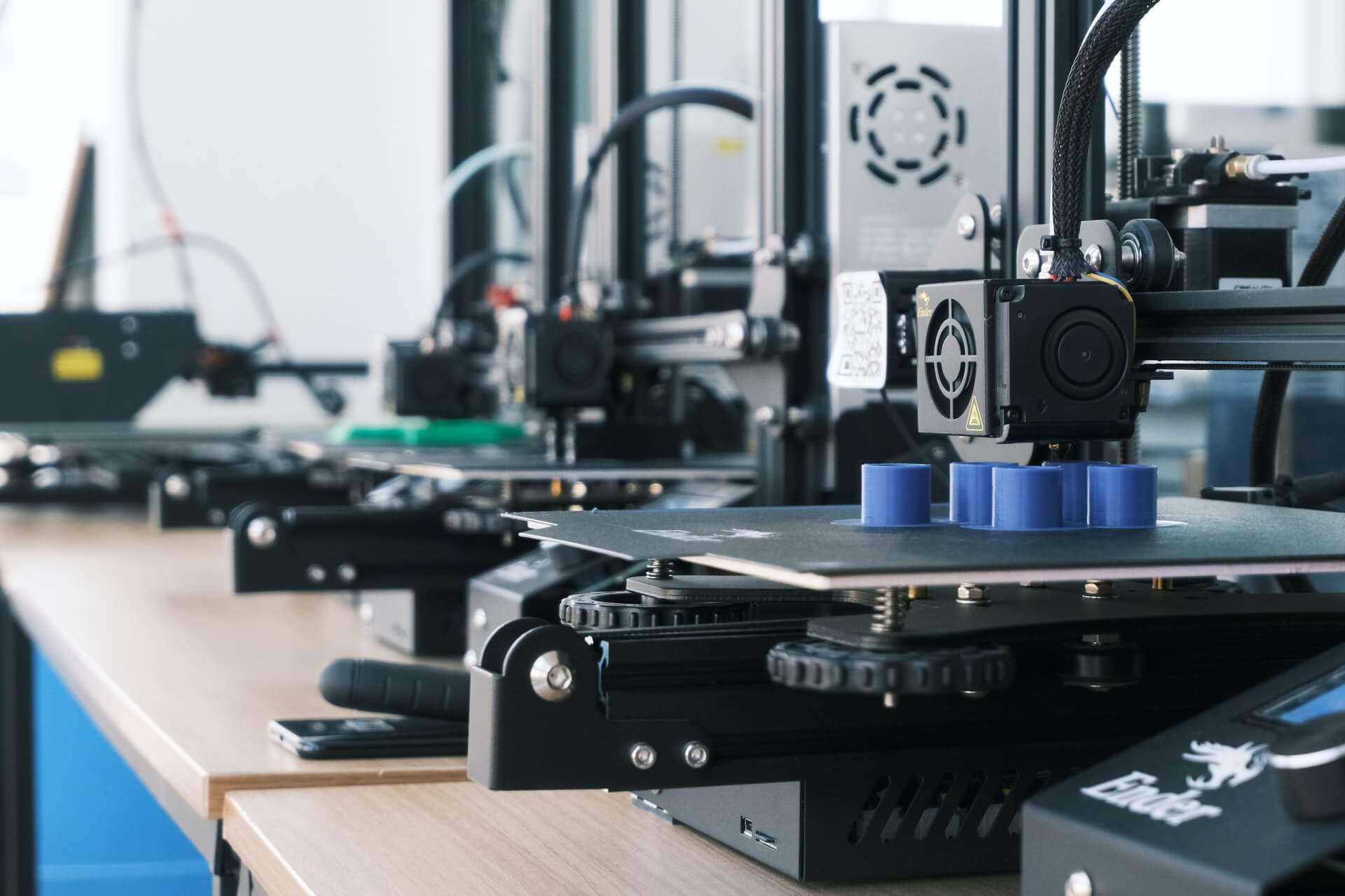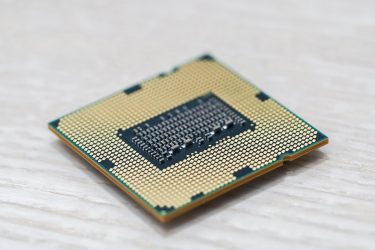Specifically, at its Gorebridge site in Midlothian, it completed a 70kN rocket engine test as part of ESA’s Commercial Space Transportation Services and Support Programme (CSTS). The company says its bi-propellant engine emits half the carbon emissions of engines using liquid oxygen and kerosene.
The engine is notable note only for its 3D-printed constituents but is also described as being the first staged combustion engine using high-test peroxide (HTP).
The orbital engine, which was designed and produced on-site at the company with the support of the ESA’s Boost! programme, is seen as a critical component of Skyrora’s XL orbital vehicle, used on the first and second stages. It’s pictured during the test above.
“The engine passed its final development test with all data nominal and all system requirements met, which is a fantastic team achievement,” said Skyrora’s Head of Engineering, Dr Jack James Marlow.
“This test concludes a key milestone with ESA as per our CSTS contract, and now unlocks the next series of tests for engine qualification. Our unique engine uses HTP to power the turbopump, in a closed-cycle approach as opposed to Black Arrow’s open-cycle. This means we have higher engine efficiency while keeping the overall system simple. This allows us to deliver greater payload to orbit for our customers.”
The engine was fully 3D-printed, says Skyrora, and at the end of last year the company announced it had created the largest hybrid 3D printer of its kind in Europe, SkyPrint 2, which will come into full operation later this year.




